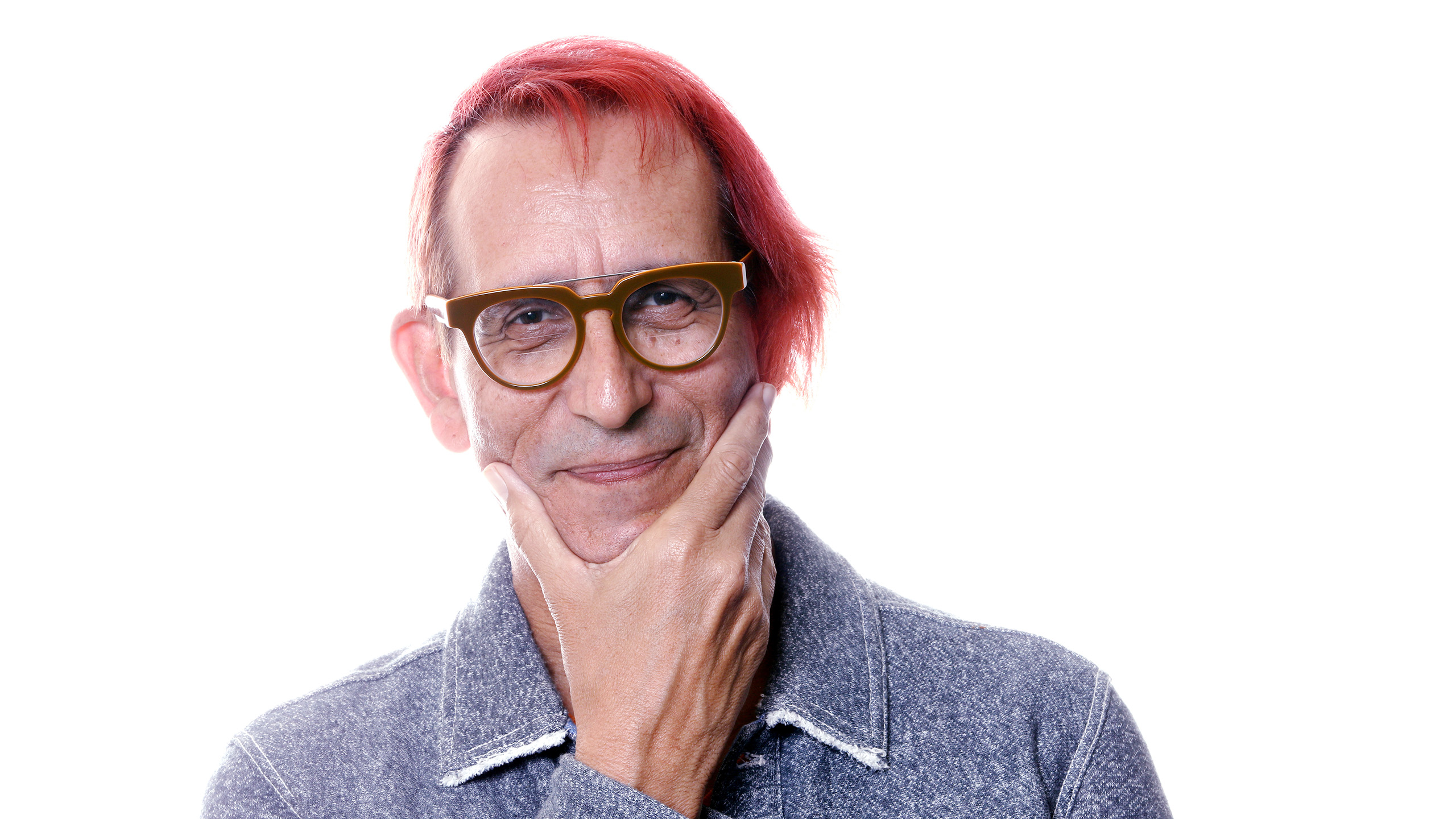Those who do not have power over the story that dominates their lives – the power to retell it, rethink it, deconstruct it, joke about it, and change it as times change – truly are powerless, because they cannot think new thoughts.
Salman Rushdie
When he gave that speech, Salman Rushdie was thinking about The Quran. In the years since first hearing it, I have come to appreciate that our lives are dominated by many sacred texts, both religious and secular. I have also come to appreciate that Speech, like Rushdie’s, or yours, or mine, or that-idiot-down-the-street’s, is the most fragile thing.
Speech in the 21st Century
When Tehran issues a fatwa against Salman Rushdie, when Beijing imprisons Ai Weiwei, when Moscow incarcerates Nadya Tolokonnikova, when DC sentences Chelsea Manning, how many countless others get the message to self-censor? To never think an unauthorized thought? To accept things as they are? To think twice before telling the truth?
Speech is not only courageous acts on a national stage, it is also small acts of expressing identity. It is the desire to tell your story. The confidence to believe that anyone might care.
My Work
My work began with painting portraits. And screen printing portraits. Then video installations with self-portrait monologues. Then robot works that explored intelligence and identity in the 21st century. Then avatars. Virtual performance art. Virtual public art. Social practice. I see my work today as facilitating speech. Expression. Identity.
In the parking lot behind Long Beach State University’s University Theatre where I taught for many years, I would walk past a car with a bumper sticker that read,
What would Jesus do?
But every time I walked past that car I never saw What would Jesus do? Instead, I would see,
What would Allan do?
In all the power and energy of New York City, Allan Kaprow created The Happening, the defining artform of a generation. And then he walked away from it. He went off to UC San Diego, and replaced the spectacle of The Happening, with the intimacy of The Activity.
When I’d see the What would Allan do? bumper sticker, it served as a reminder to be less grandiose, more intimate, more personal. Our world needs heroes like Nadya Tolokonnikova and Chelsea Manning. But it also needs small acts of personal speech.
I have tried to facilitate this in my work. Through radio conversations with artists on Strange Angels, or with composers on Border Patrol, and in identity events like Avatar Pride Parades, I have tried to listen to people, their ideas, and their identities. Through institutions like Medici University and Runaway University, I have tried to facilitate speech and personal discovery. These are simple institutions with the most minimal management possible. They are invitations for all to speak.
I hope my projects have helped participants to think new thoughts.



You must be logged in to post a comment.